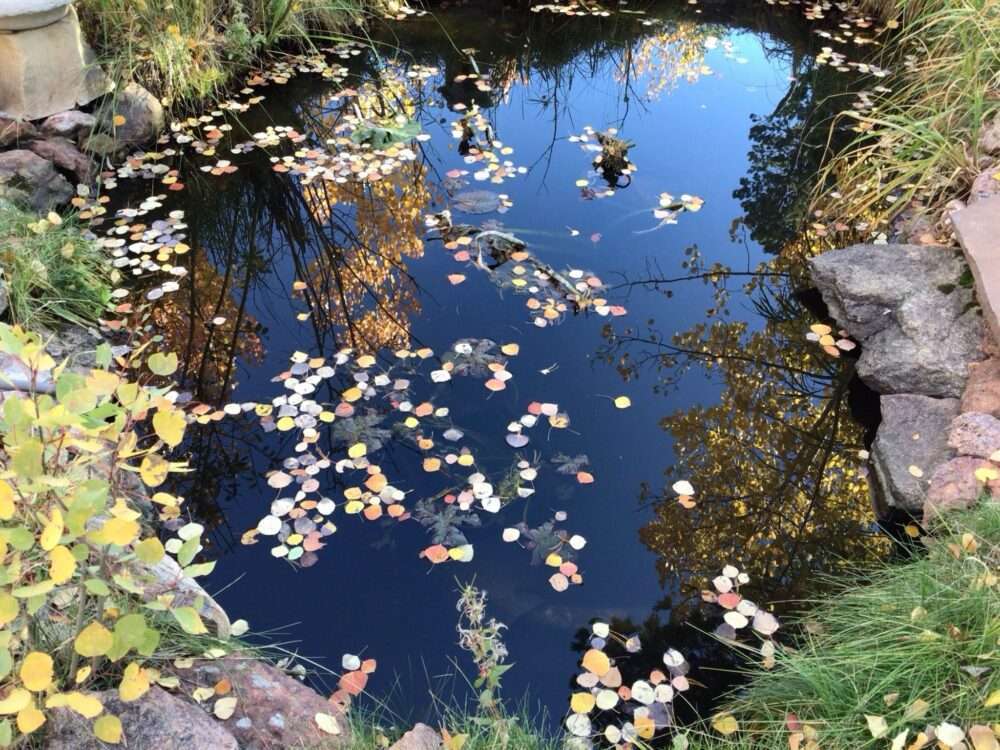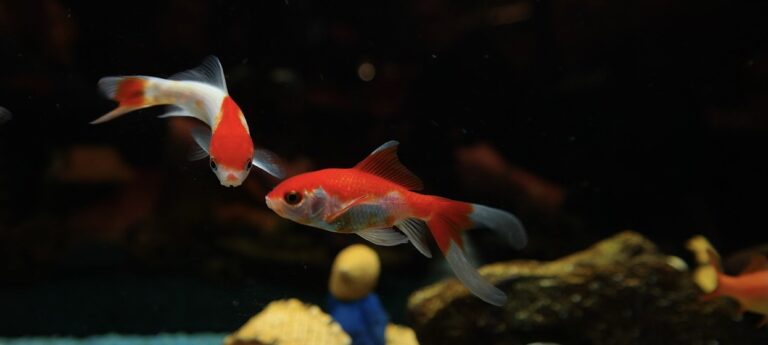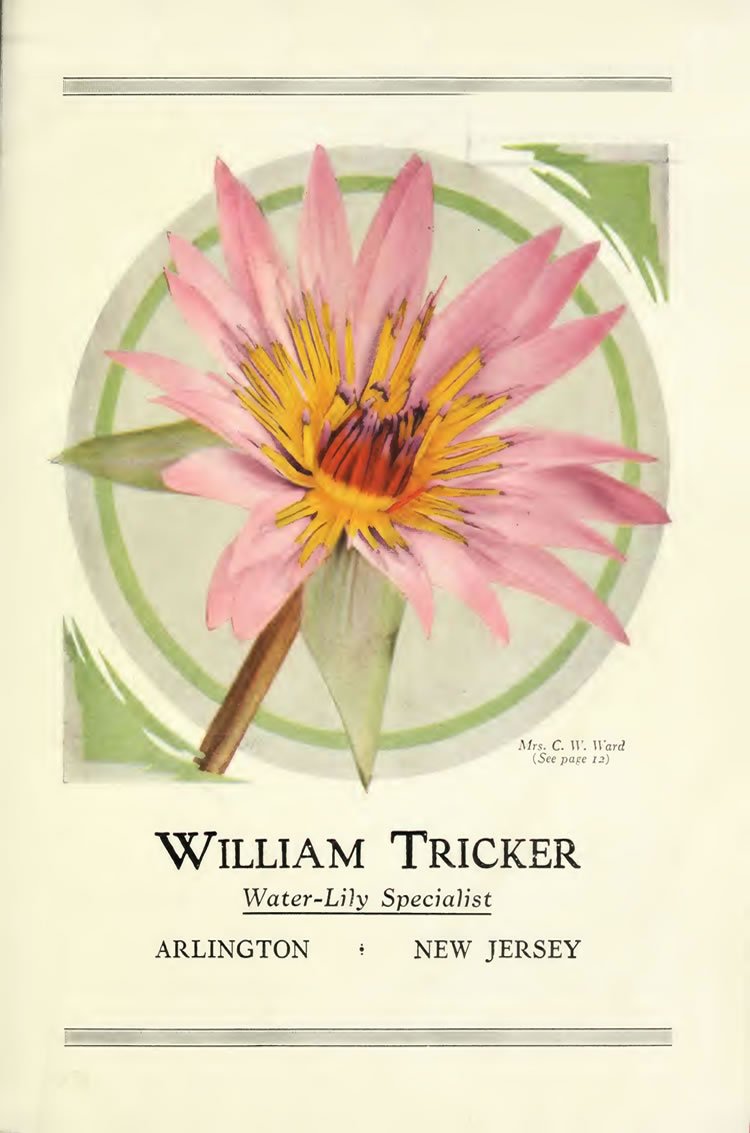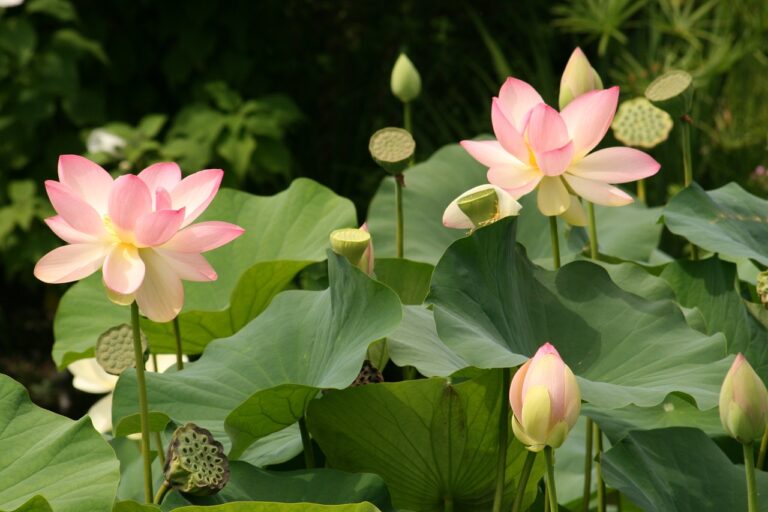How to Prepare Your Pond & Plants for Fall and Winter
Key steps for winterizing your pond
- Clean the pond: Remove all debris, leaves, and branches from the pond using a net.
- Remove non-hardy plants: Take out any tropical plants or other plants that won’t survive the winter and dispose of them properly.
- Trim hardy plants: Cut back the foliage of hardy marginal plants like water lilies, leaving the root systems in the pond.
- Install a pond net: Place a pond net over the pond to catch falling leaves and debris.
- Add cold-water bacteria: Introduce beneficial bacteria to help break down organic matter in the pond.
- Consider a deicer: If your pond freezes completely, use a pond deicer to keep a small area of open water for gas exchange.
- Adjust fish feeding: Reduce fish food as temperatures drop and stop feeding them entirely when the water gets very cold.
- Snails in general adjust their sleep and activity habits based on the environment. When it’s too hot or cold, they may hibernate or estivate. Snails can’t survive if a pond freezes solid, so a depth of 20–30 inches usually provides a safe haven.
Taking care of pond plants in winter
- Bring tropical plants indoors: Remove any tropical water plants from the pond and bring them indoors to a cool, bright location.
- Leave hardy plants in the pond: Trim back hardy marginal plants and leave them in the pond over winter.
- Protect delicate plants: If you have particularly delicate plants, consider covering them with a protective fabric or burlap.
Important points to remember:
- Don’t drain completely: Keep your pond filled with water during winter to prevent damage from freezing.
- Monitor water quality: Regularly check your pond water quality and adjust as needed.
- Check your equipment: Remove and store any pumps, filters, or other equipment that could be damaged by freezing temperatures.
- Consider a pond heater: In very cold climates, you may need to use a pond heater to prevent your pond from freezing completely.







